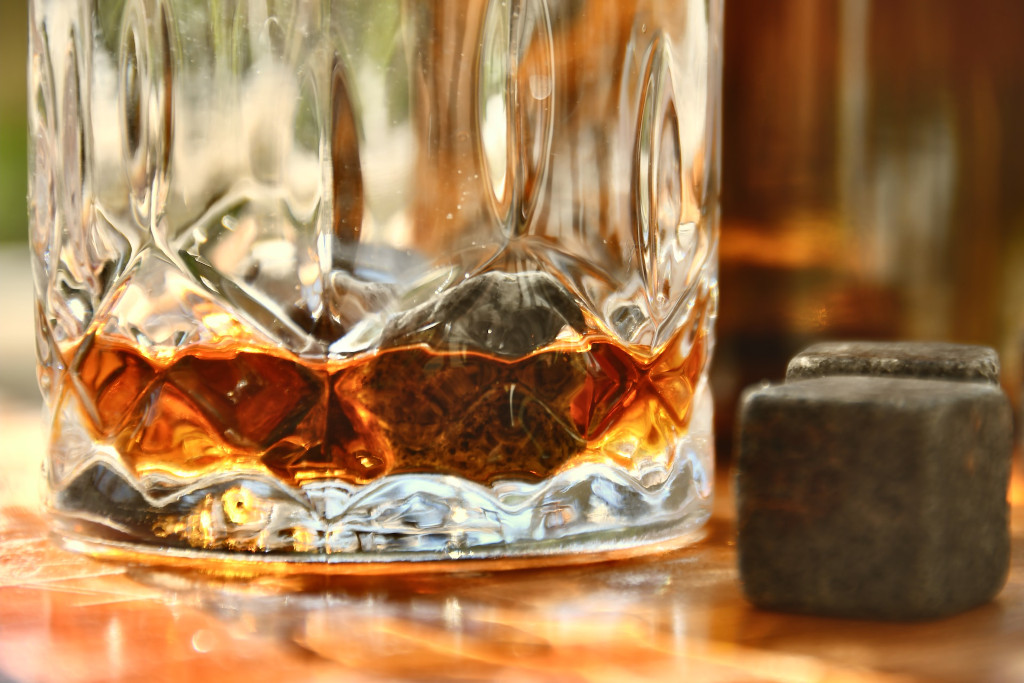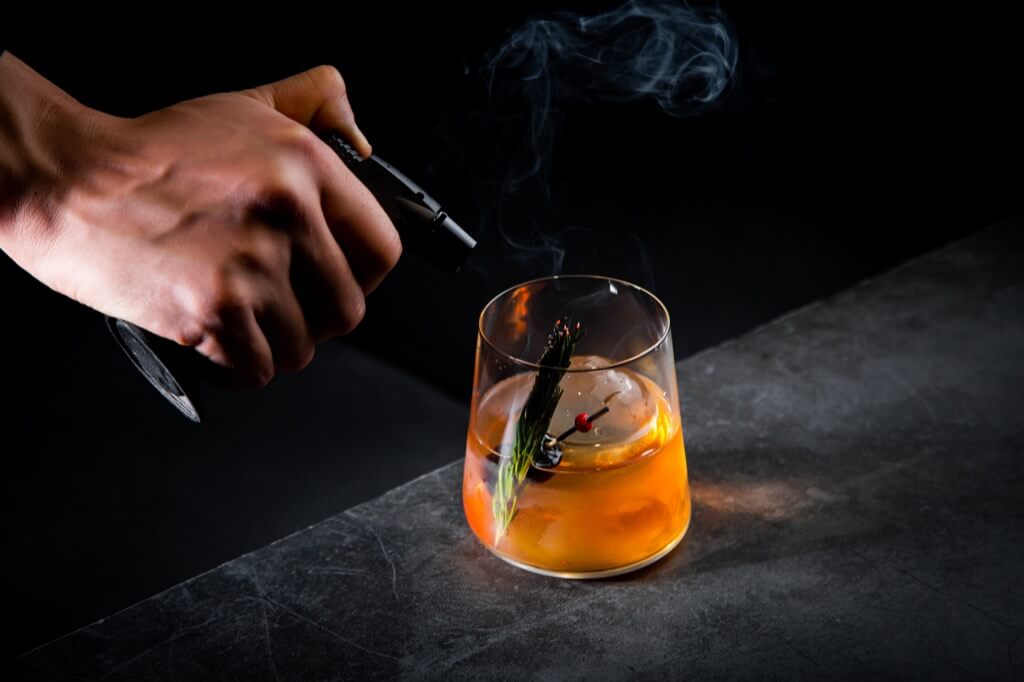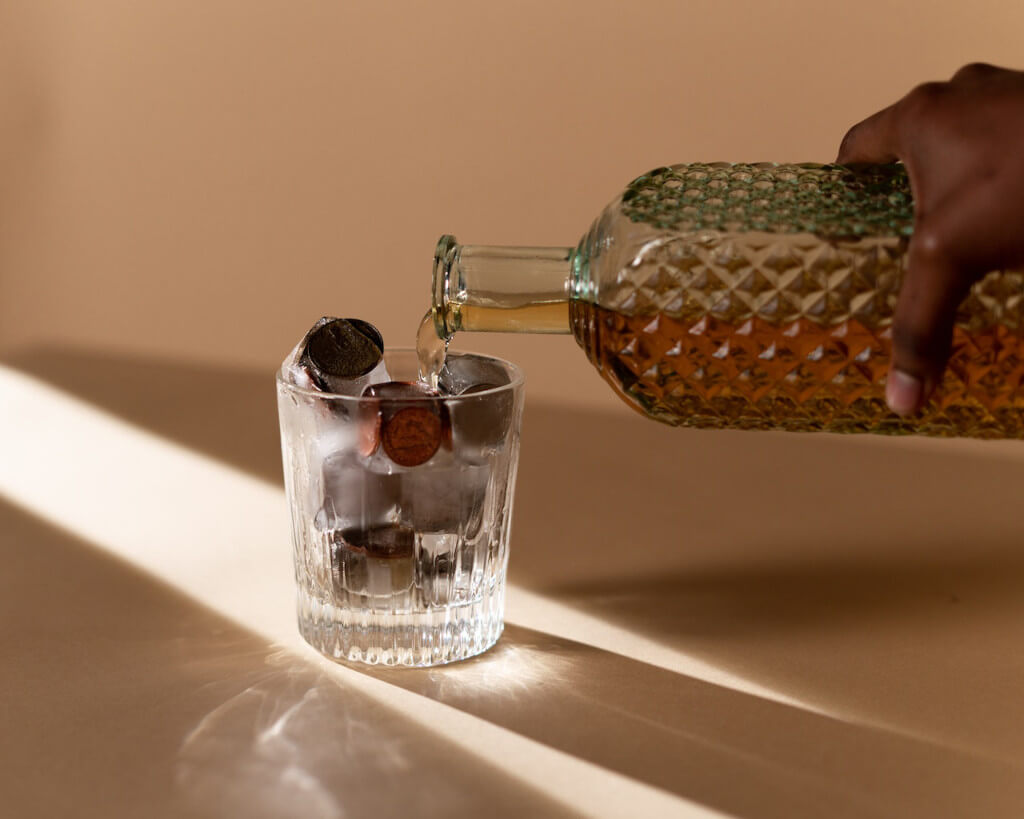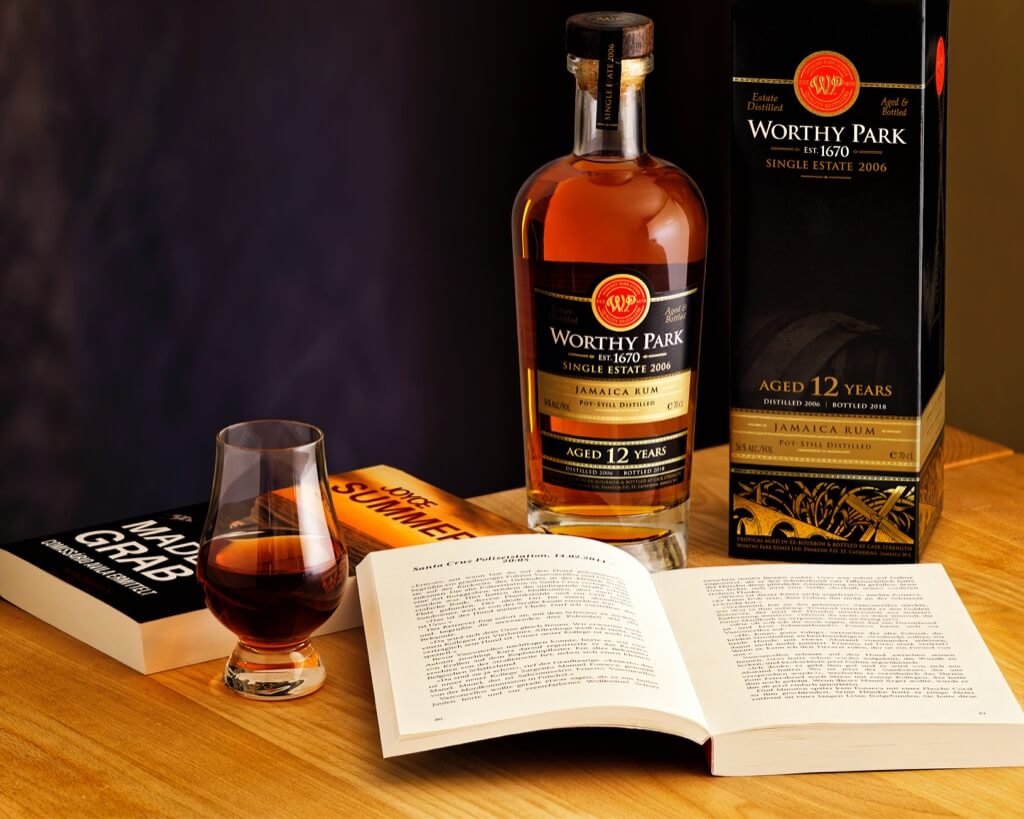Investors and business moguls are paying attention as headlines herald new standards for whiskey. Whether you’re a whiskey collector for the sake of hobby or money, you need to take care to preserve your bottles secure and undamaged at all times.
Some Suggestions for Keeping Your Whiskey in Good Condition
Keep Your Whiskey in a Vertical Position
Whiskey, in contrast to wine, which can be stored horizontally, must be kept vertically. The cork has a role in this. The cork in a bottle of wine is kept from drying out and crumbling by storing it on its side. Whiskey’s greater proof of alcohol will eventually damage the cork if it is kept in touch with it for an extended period.
Keep the Corks of Your Bottles Moist by Turning Them From Time to Time
The cork shouldn’t be in direct contact with the whiskey the whole time. However, if the cork is too dry, it could crack or break when you try to remove it from the bottle. Once a month, turn the bottle upside down for a few seconds to moisten the cork.
Where is the Best Place to Keep Whiskey?
If you can’t find a cold storage facility, the best place to keep your expensive bottles of whiskey is in your home’s coolest room. This will prevent any loss in value due to the “angel’s share” (the term used by those in the alcohol business to describe the evaporation of alcohol into space).
In What Kind of Light Is It Best to Keep Whiskey?
Keep the bottles somewhere dark if you can, so you can read the labels afterward. The whiskey’s resale value will rise or fall depending on the state of the label, which is why this is so important.
Bottles Should Be Stored in a Cool, Dry Environment With Consistent Temperatures
The quality of your whiskey can be diminished if it is exposed to extreme heat or cold. Whiskey swells when heated, which can weaken the bottle’s seal and allow oxygen in. Whiskey tastes best when stored at a low, steady temperature.
- Whiskey is best kept at a constant temperature of 15 to 20 degrees Celsius (59 to 68 degrees Fahrenheit).
- Whiskey is safe to store in the fridge or freezer, but it loses some of its aroma and flavor when chilled.
It is recommended, but not required, that you keep your bottles dry. Humidity won’t affect the whiskey itself if the bottle is properly sealed. However, it is recommended that you keep your bottles in a dry place if you care about their appearance. The label may become damaged or moldy if the relative humidity is too high.
Oxygen and Whiskey
Flavorful whiskey is a victim of oxidation. The chemicals responsible for whiskey’s signature flavor and aroma are degraded upon contact with air. The whiskey’s flavor will begin to change for the worse after a few months due to oxidation.
Keep your opened bottles of whiskey well sealed to prevent oxidation. The headspace in the bottle can be reduced by transferring the contents of a half-empty bottle into a smaller decanter or bottle. If you follow these instructions, you can drink whiskey long after opening the bottle.
How to Pick the Best Way to Preserve Your Unopened Bottles of Whiskey
Now that you know the fundamentals of aging whiskey, we can discuss how to select the best warehousing option for your unopened bottles and cherished collections. There are many ways to store whiskey, but here are a few options to consider.
Put Them on Display Behind Your Home Bar

A home bar is a great place to show off your whiskey collection. You can then proudly display your collection and dazzle your guests with your extensive knowledge of whiskey. There is a home bar out there for every taste and decor, as they come in all shapes and sizes. You can utilize a liquor cabinet or cart in place of a full-sized bar if you’re short on floor space.
Secure a Show-case
Shelves or a glass-fronted cabinet are other fantastic ways to show off your collection of whiskey. In this manner, you can keep your collection out in the open where it can be admired, yet out of the elements as well. If you go this route, separate the bottles so none of them are touching. The labels won’t get ripped off or damaged this way. Keep bottles in their original packaging if possible to avoid damage and dust accumulation.
Rely on Outside Storage
Last but not least, consider looking into off-site storage if you have more bottles than you have room for at home. Make sure the off-site storage facility you choose has climate-controlled and/or dark storage options. You should also keep a complete inventory of your collection while it is in off-site storage. This will allow you to quickly identify any missing items.
What to Do With Going-bad Whiskey
Even if your bottle of whiskey is going to spoil, you can still get a lot of use out of it. As an ingredient in the food is one possible application. Sauces, marinades, and even sweets can all benefit from the addition of whiskey. You can even try your hand at cooking with whiskey as an ingredient if you’re feeling particularly daring.
Making DIY cleaning treatments from used whiskey is another option. Whiskey combined with vinegar or baking soda is a powerful cleaner that can be used on anything from countertops to jewelry. If all else fails, you can always fill an empty bottle with whiskey and present it as an unusual present. Another option is to host a party where guests bring their unfinished bottles of alcohol to be consumed before they expire. The remaining drams of whiskey can be poured into a decanter, bottle, or even a Mason jar for blending experiments.
Wait a week or two to taste and tweak the blend when the flavors have had time to combine. Or, you can keep adding the last few drops from bottles you’ve finished to create a unique concoction. There are still lots of ways to enjoy your whiskey, so don’t rush to the nearest drain the next time it turns.





